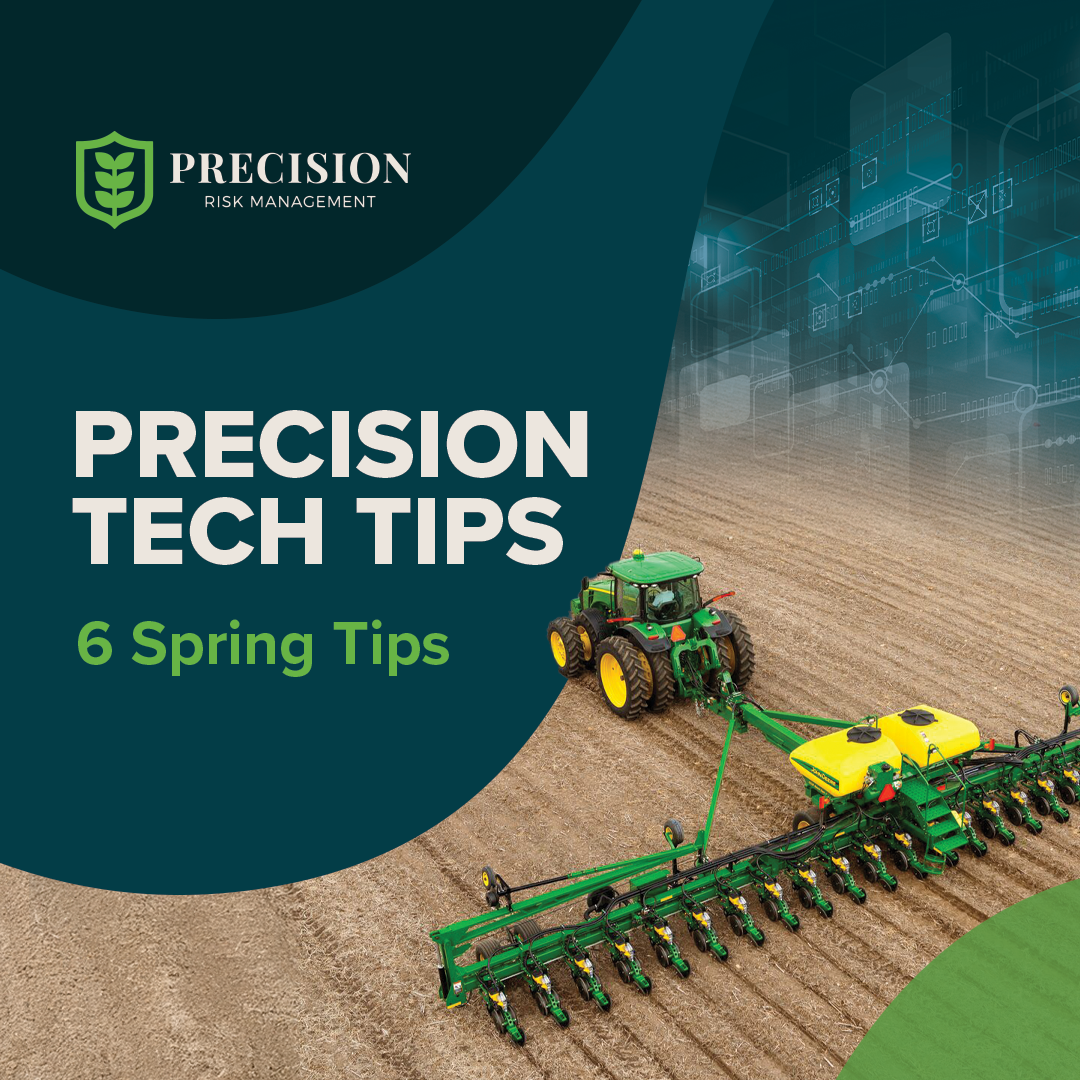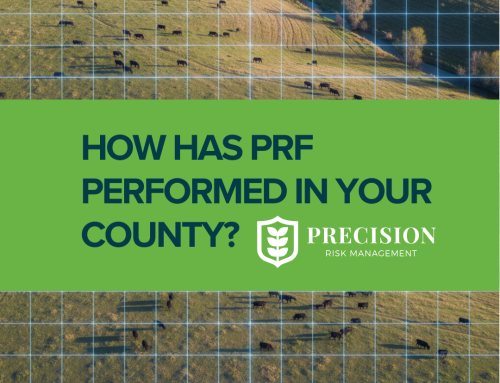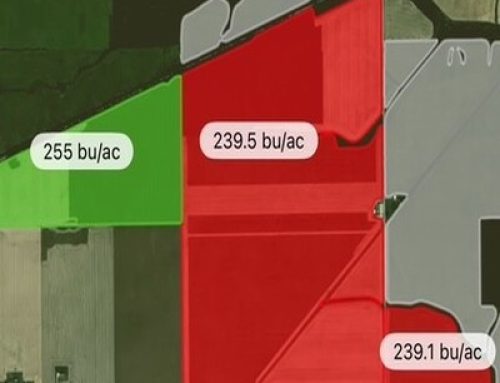How to make sure your precision technology is ready before the planter hits the field with these Spring Precision Tech Tips
Listen to the Be in the Know Podcast of this Spring Tech Tips
Spring isn’t just the start of planting, it’s also the start of your data season.
Getting your precision equipment and software set up now ensures your technology runs smoothly and your data comes out clean. That means fewer headaches in the field and better crop insurance reporting down the line.
Here are six key tech tips to make sure your season starts strong.
1. Know Why Getting Your Data Accurate Before Planting Is Important
The data you collect during planting sets the tone for everything that follows. Clean, actionable data allows you to analyze harvest data and make insurance reporting a breeze.
Why it matters:
- If the setup collection process is wrong, the data coming out will be too.
- Skewed information at planting leads to inaccurate maps, confused analysis, and problems when it’s time to report to FSA.
- Clean data from the start helps you make better decisions and get the full value out of your coverage.
2. Get Your Equipment Calibrated Correctly
Before you plant, make sure every piece of hardware is measured, synced, and functioning the way it should. That includes:
- Machine offsets
- New equipment calibration
- Row shutoff accuracy
- Proper communication between planter, tractor, and monitor
Avoid in-field delays. PRM Data Specialists can take care of all of this on-farm so you’re ready to plant when the time is right.
3. Get Your Software Ready for a New Crop Season
Software prep is just as important as hardware.
Monitors can fill up with last year’s data. Old field names, missing varieties, or skipped software updates can slow you down when you’re racing the weather.
Our data team handles:
- Clearing outdated files to free up space
- Renaming or adding fields
- Importing hybrids and seed varieties
- Running software updates
- Ensuring compatibility with agronomist prescriptions
Good data starts with a clean monitor that is ready with your field parameters.
4. Trust the Experts to Do It for You
Yes, some farmers choose to do this on their own. But most only touch this technology once or twice a year.
Why call PRM for Spring Precision Tech?
- Our data specialists are in it every day and are educated on the latest and best practices.
- We know what to check, what to update, and how to fix it if something’s off.
- We save you time and help prevent problems you may not see coming.
You don’t need one more thing on your list. Let us handle this part for you.
5. Apply Your Accurate Data to Make Crop Insurance Easier and Faster
Precision data simplifies your reporting and improves accuracy.
- Planted acres are recorded as they actually are, not just estimated by CLUs (Common Land Units).
- That means your premiums and guarantees are based on real planted acres.
- It also makes reporting to FSA faster and more accurate.
Plus, at the end of the season, our team can collect your data directly from the cloud or your monitor and apply it to your policy.
6. Boost Your APH Database with Spring Precision Tech
Your APH database is the backbone of your crop insurance policy. Accurate acres and yields reported through precision planting help:
- Stronger safety net in disaster years
- Avoid artificially low approved yields from inflated acres
- More accurate indemnity payments
The stronger your APH, the stronger your guarantee and the more you can lower your premium over time.
Spring into Good Data This Crop Year with Spring Precision Tech
Spring is the most important time to get your precision technology dialed in and avoiding disruptions in the field. What you do now with your equipment and data setup affects everything from planting performance to insurance accuracy at the end of the year. Clean, calibrated tech ensures you’re collecting high-quality data from day one. It sets you up for smarter decisions, stronger APH Database, and faster reporting.
Reach out to your Data Specialist today or Risk Management Advisor to set up an appointment.






